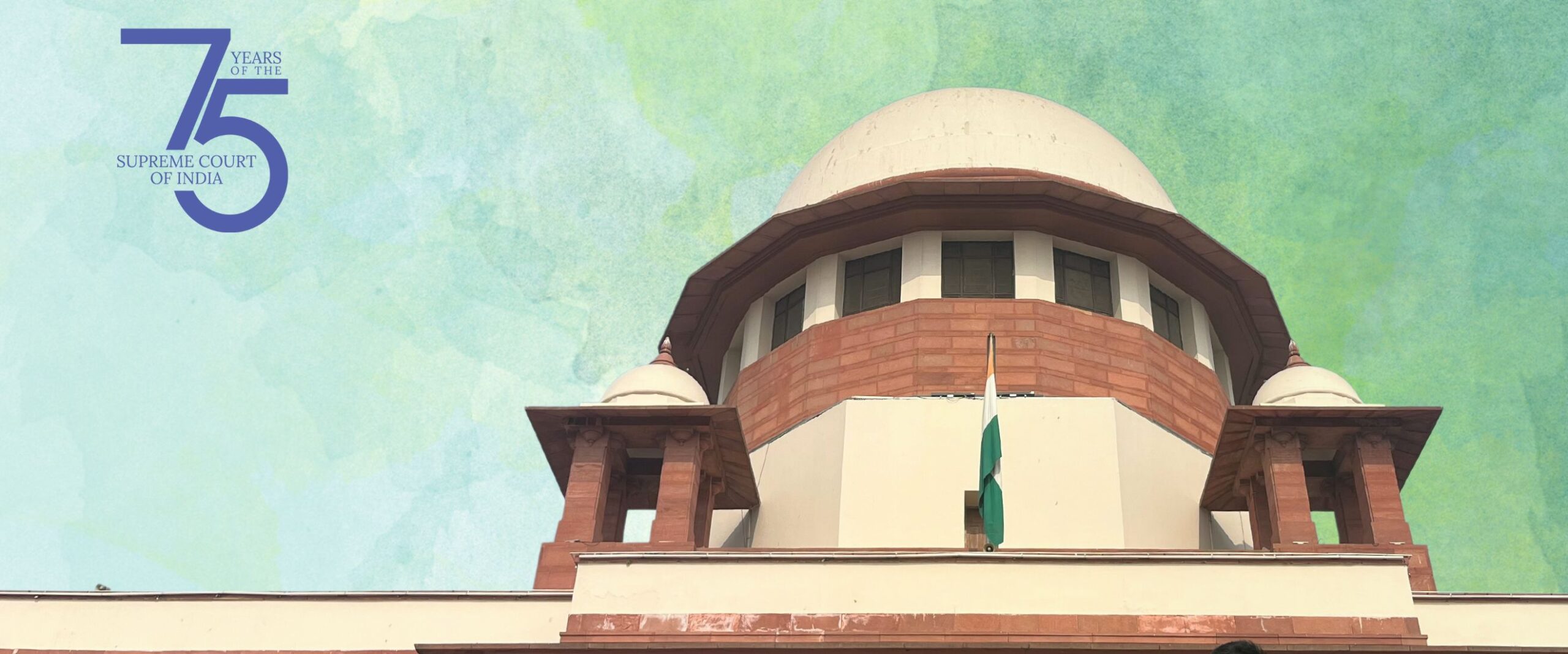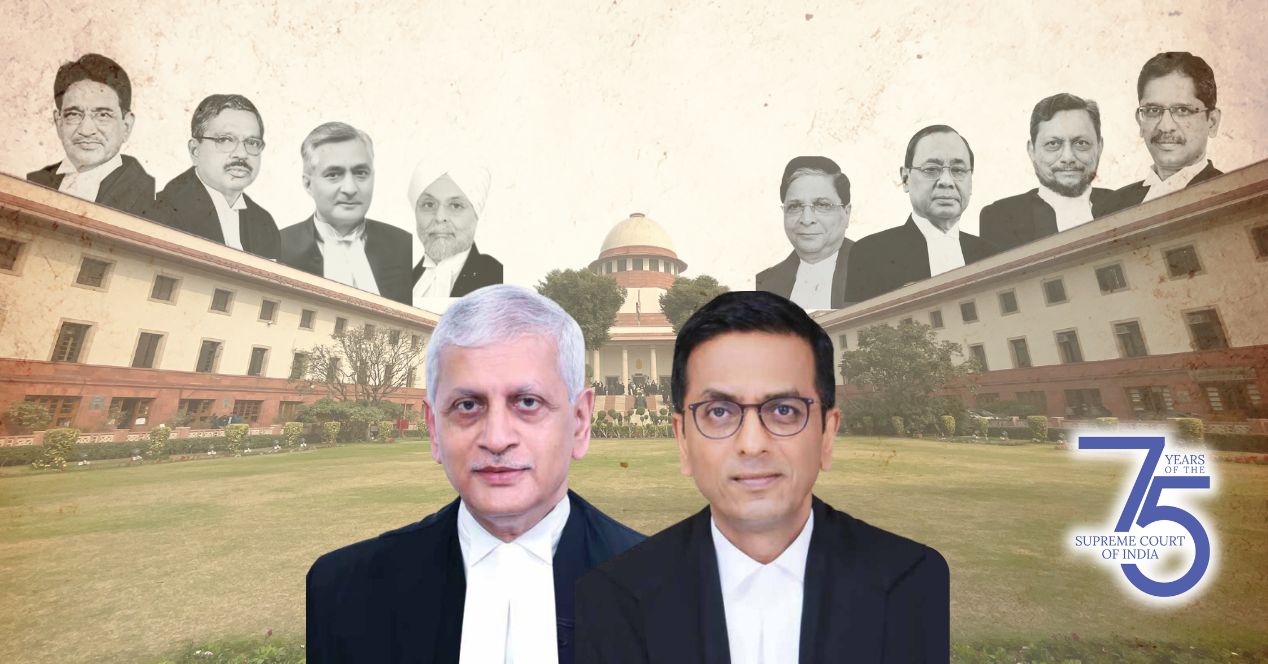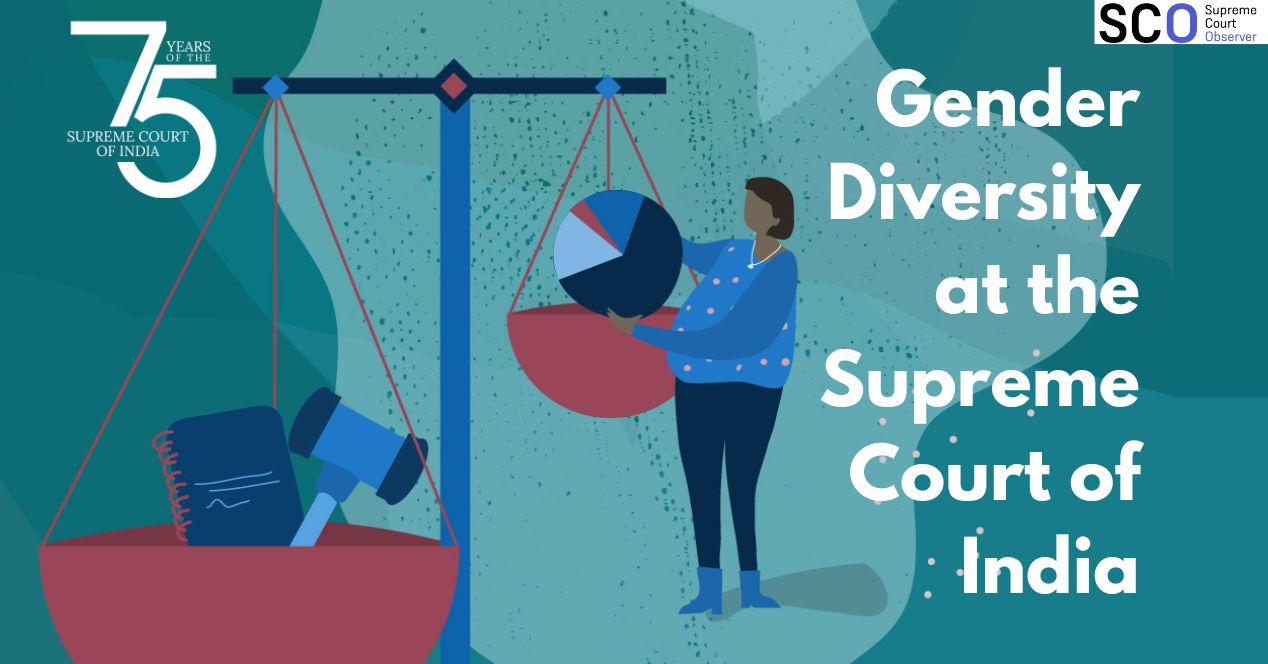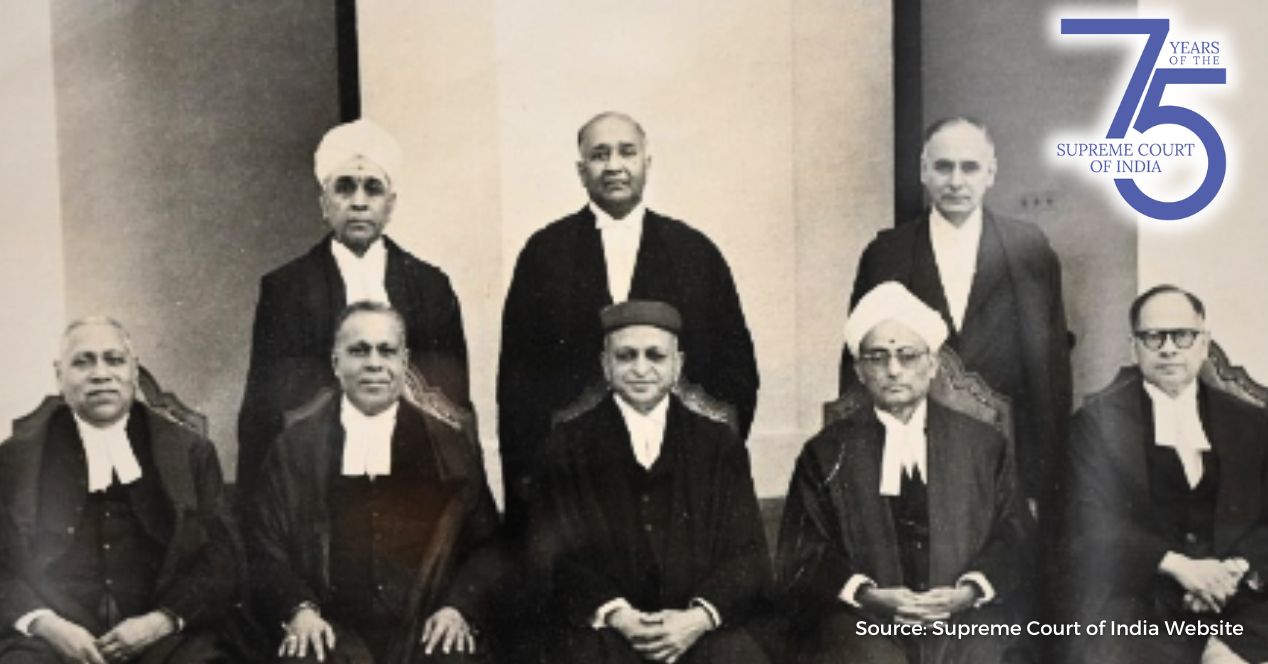Analysis
Master of the Roster, book bans, representation
The latest offerings in our Court at 75 series: an analysis on bench allocation, a long-read on book bans and a video on gender diversity

In January 2018, in a press conference on the lawn of a Delhi bungalow, four senior judges publicly questioned the case allocation practices of then Chief Justice Dipak Misra. Since then, there’s been a lot of chatter about the powers of the ‘Master of the Roster’. Beyond the gossipy and anecdotal nature of this conversation lies a wider and more serious inquiry: how can the Court protect itself from such charges while maintaining its legitimacy? One way would be to publicly release a predictable and defensible rationale that explains judge combinations in, at least, Constitution Bench cases.
In this spirit, Sudhir Krishnaswamy, founding editor of the Supreme Court Observer and I have co-authored an article that tries to locate and unpack patterns in benches constituted by the incumbent CJI D.Y. Chandrachud and his predecessor U.U. Lalit. We argue that CJI Lalit’s ‘Seniority Pools’ approach—which led to a relatively even distribution of matters across senior and junior judges—may be a potential starting point for formalising a rostering rationale that limits the scope of political and institutional intrigue.
The other new article in our series is Salil Tripathi’s essay on how the courts have approached book bans. Tripathi, who has written extensively on freedom of artistic expression, is the chair of the PEN International Writers in Prison Committee. “He who destroys a good book, kills reason itself,” wrote John Milton in Areopagitica, his impassioned argument against the British government’s licensing regime. Salil makes a similar contention, while suggesting that the real theatre of the book ban in India is not the higher court, but the city street and the village square.
Ostensibly, these bans are in favour of public interest, but more often, they serve the interests of powerful groups—political parties, ruling governments, multinational corporations. Yet, apart from the high moral ground it took in a 1960s case involving D.H. Lawrence’s Lady Chatterley’s Lover, Tripathi shows that the Supreme Court has done the right thing when called upon to safeguard authors in the face of a thin-skinned bureaucracy and the unimaginative mob.
As part of our Special Series, we’ve also released a video on the gender imbalance in the Supreme Court. This one builds on the reporting our team has been doing on representation in the higher judiciary. While the Court has made strides in achieving regional diversity, it continues to fall short on gender representation. Since the Court’s establishment 75 years ago, only 11 out of the 276 judges have been women—that’s a disheartening 4 percent.
Associate Editor Gauri Kashyap talks about how, despite progress in certain areas, the Court’s composition paints a stark picture. With the recent retirement of Justice Hima Kohli, only two women judges remain among the 33 sitting ones. The lack of gender diversity extends across High Courts too, making it difficult to identify and elevate women judges. Although there are positive signs of change at the district judiciary level, there’s much work to be done in fixing some of the attitudinal and institutional obstacles faced by women in the judiciary.
Have you read the previous stories we’ve put out as part of our SC@75 series? You’ll find in the set a compelling mix of history, pop culture and legal analysis. My personal favourite is Associate Editor R. Sai Spandana’s capsule introductions to the ‘original eight’—the ensemble of judges that made up the first full bench in the early 1950s.
There’s more of this in the works. Watch out for our October drop, which will feature an article on the evolution of death penalty jurisprudence in the Supreme Court. Finally, one request—if you like what we’re doing, with the Special Series or more generally as the Supreme Court Observer, do tell your friends about us and give us a shout-out on social media (@sc_observer on Instagram; @scobserver on Twitter). We would love to reach more people.
This article was first featured in SCO’s Weekly newsletter. Sign up now!




